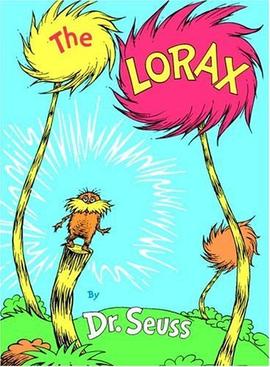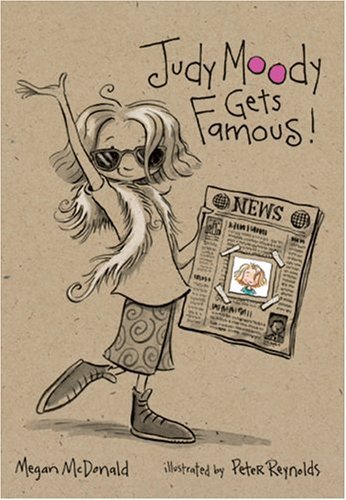Class Reflection
The Children's Literature course has taught me a lot throughout this semester. I learned that choice is a key component when offering literature to students. As long as there is choice there will be something that all students are interested in. I liked talking about controversial books because there will definitely be times when parents do not agree with what I'm teaching in my classroom. After reviewing several of these types of books I realized that I usually do not have a problem with them. A book is a book and if my students want to read it then it's usually fine with me. I have been introduced to several different genres of books and now feel ready to offer them to my students. I also liked reading the novels The Misfits, Must Love Dog, The Giver, and more. I really enjoyed reading them and was interested in the discussions that followed. I liked that we read The Year of Impossible Goodbyes and So Far From the Bamboo Grove because it gave a unique look at a historical event. This is just one instance of how we learned to incorporate literature into any subject area. I think that the technology integration (blogs, glogs, etc.) was a really useful and important part of this class also because our society is becoming more and more technology-based. Students in my future classroom are going to be more interested in using the technology that they use and are familiar with than doing a book report by writing a paper and describing an author. All of these components worked together to make this an amazing semseter and course. I've learned a lot and am eager to take what I've learned to my future classroom someday!













































